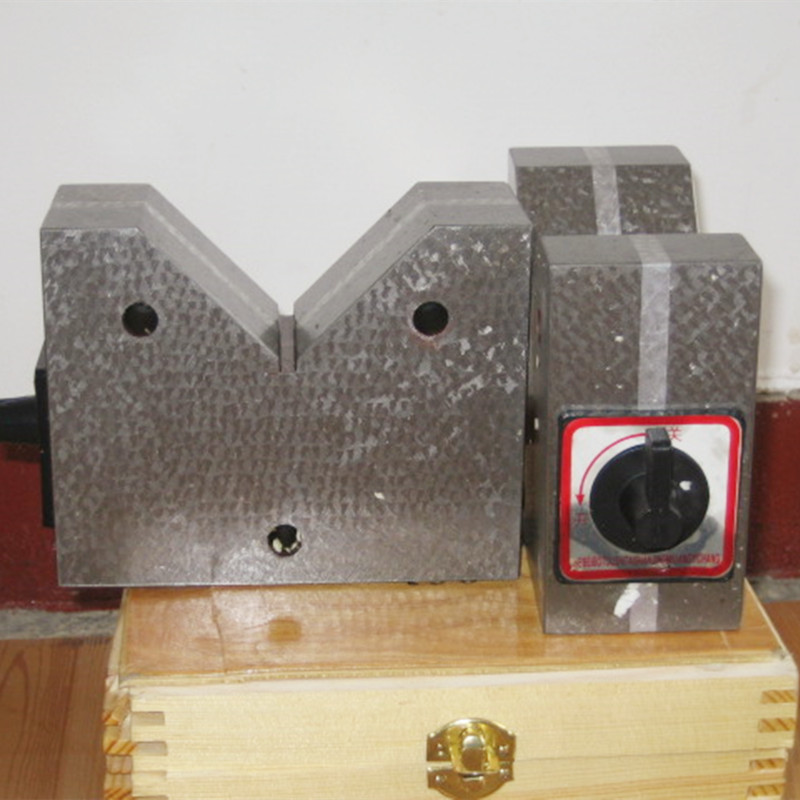Nov . 30, 2024 15:31 Back to list
Types of Water Flow Control Valves for Effective Fluid Regulation
Understanding Water Flow Control Valve Types A Comprehensive Overview
Water flow control valves play a critical role in regulating the movement of water in various applications, from industrial systems to residential plumbing. These valves are vital for maintaining efficient water usage, preventing waste, and ensuring safety in water systems. There are several types of flow control valves, each designed for specific functions and applications. This article will explore the primary types of water flow control valves, their functions, and where they are typically used.
1. Gate Valves
Gate valves are primarily used for on/off control rather than throttling flow. They consist of a gate or wedge that moves up and down to allow or block the flow of water. When fully opened, gate valves offer minimal resistance to flow, making them ideal for applications where a straight-line flow is essential. However, because they are not designed for throttling, using them in partial openings can lead to erosion and damage over time. Gate valves are commonly found in water distribution systems and can handle high-pressure conditions.
2. Globe Valves
Globe valves are designed for throttling flow rather than simply turning it on or off. They have a spherical body that allows for a more gradual change in flow area, providing better flow regulation. The internal structure of a globe valve creates turbulence, which can cause energy loss, but the offset position of the seat and disk minimizes this loss compared to gate valves. Globe valves are commonly used in steam, water, oil, and gas services. They are particularly effective in applications where flow needs to be adjusted frequently.
3. Ball Valves
Ball valves feature a spherical disc (the ball) with a hole in the center that allows water to pass through when aligned with the flow. When the valve is turned 90 degrees, the hole moves out of alignment, stopping the flow. Ball valves are known for their durability, quick operation, and tight sealing capabilities. They are used in various applications, including residential water systems, irrigation systems, and industrial processes. Ball valves are particularly effective in applications where quick shut-off is essential.
water flow control valve types

4. Butterfly Valves
Butterfly valves utilize a rotating disc to control water flow. As the disc turns, it either obstructs or permits flow through a pipe. These valves are well-suited for large volume applications due to their compact design and lightweight construction. Butterfly valves are often used in water treatment facilities, HVAC systems, and large-scale irrigation systems. They are particularly advantageous because they can provide a significant flow control with minimal pressure drop.
5. Check Valves
Check valves are essential for preventing backflow in a water system. They allow flow in one direction while automatically closing to prevent reverse flow when the water pressure decreases. Check valves are crucial in keeping systems running smoothly and efficiently, and they are commonly found in both residential and industrial settings. These valves help protect pumps, prevent contamination, and maintain system integrity.
6. Pressure Relief Valves
Pressure relief valves are designed to protect equipment from excess pressure by releasing water when a preset pressure is exceeded. These valves are critical in systems where excess pressure could lead to damage or failures. They can be found in boilers, water heaters, and various industrial applications.
Conclusion
Choosing the right type of water flow control valve is crucial for ensuring system efficiency, safety, and longevity. Understanding the differences among gate, globe, ball, butterfly, check, and pressure relief valves empowers users to make informed decisions based on their specific needs and applications. Whether you're a homeowner looking to improve your plumbing system or an engineer designing a large-scale water management project, knowing the types of flow control valves available will help ensure that the system operates smoothly and effectively.
-
Why Metric Trapezoidal Thread is Ideal for Precision Motion ControlNewsAug.05,2025
-
The Unique Properties of a Block of Granite for Industrial UseNewsAug.05,2025
-
The Role of Flanged Y Strainers in Preventing Pipeline ClogsNewsAug.05,2025
-
The Importance of Regular Calibration for Master Ring GagesNewsAug.05,2025
-
How a Cast Iron Surface Table Enhances Accuracy in ManufacturingNewsAug.05,2025
-
Comparing Different Check Valve Types for Optimal Flow ControlNewsAug.05,2025
Related PRODUCTS









